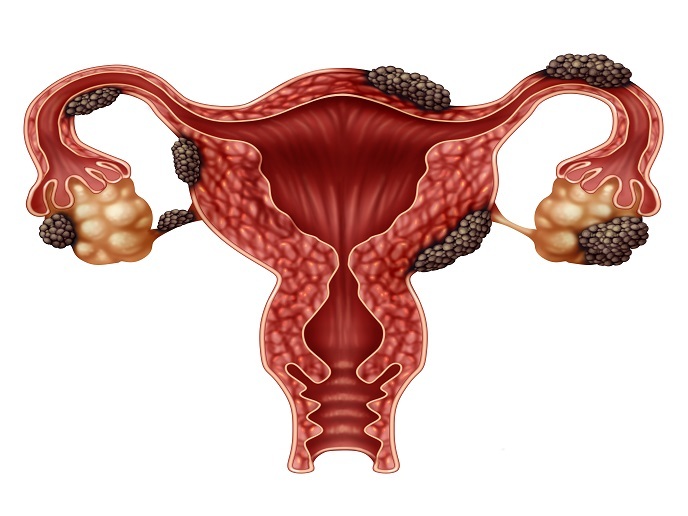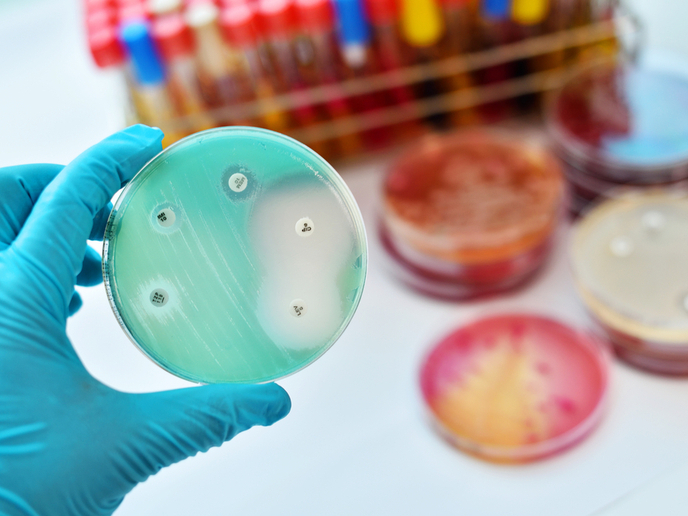Slow release to quickly heal post-surgery wounds
The 'Creation of a synthetic, absorbable, haemostatic fleece for delivery of active agents into healing wounds' (Synthafleece) project proposed the development of a synthetic, absorbable and haemostatic fleece to deliver active healing agents into wounds. The entirely synthetic medical device would be based on a polylactide (PLA) polymer platform releasing ionic silver, antibiotics and bone morphogenetic proteins. This has the aim of stimulating haemostasis and promoting the healing and growth of bones. To achieve this, Synthafleece first had to acquire new knowledge in PLA polymer technology, the creation of high-density fleece materials for releasing healing agents and the degree of density needed for optimal release, and the basis for physically or chemically inducing haemostasis. This knowledge is necessary for creating PLA-based microfibres to be spun-bonded into the fleece for release in the wound bed over the period of 7 to 14 days, during which time the fleece degrades and is absorbed. Market research and study of customer-supplier requirements helped establish the optimal settings for producing a totally synthetic fleece material. A melt-blown process was revealed to be best for manufacturing the non-woven fleece. Synthafleece project partners delivered a set of sterilised fleece samples for testing and to set the proper parameters of the polymer material requirements. The non-woven medical device was characterised and specified, prototype integration was investigated and materials were examined for degradability and process ability.







